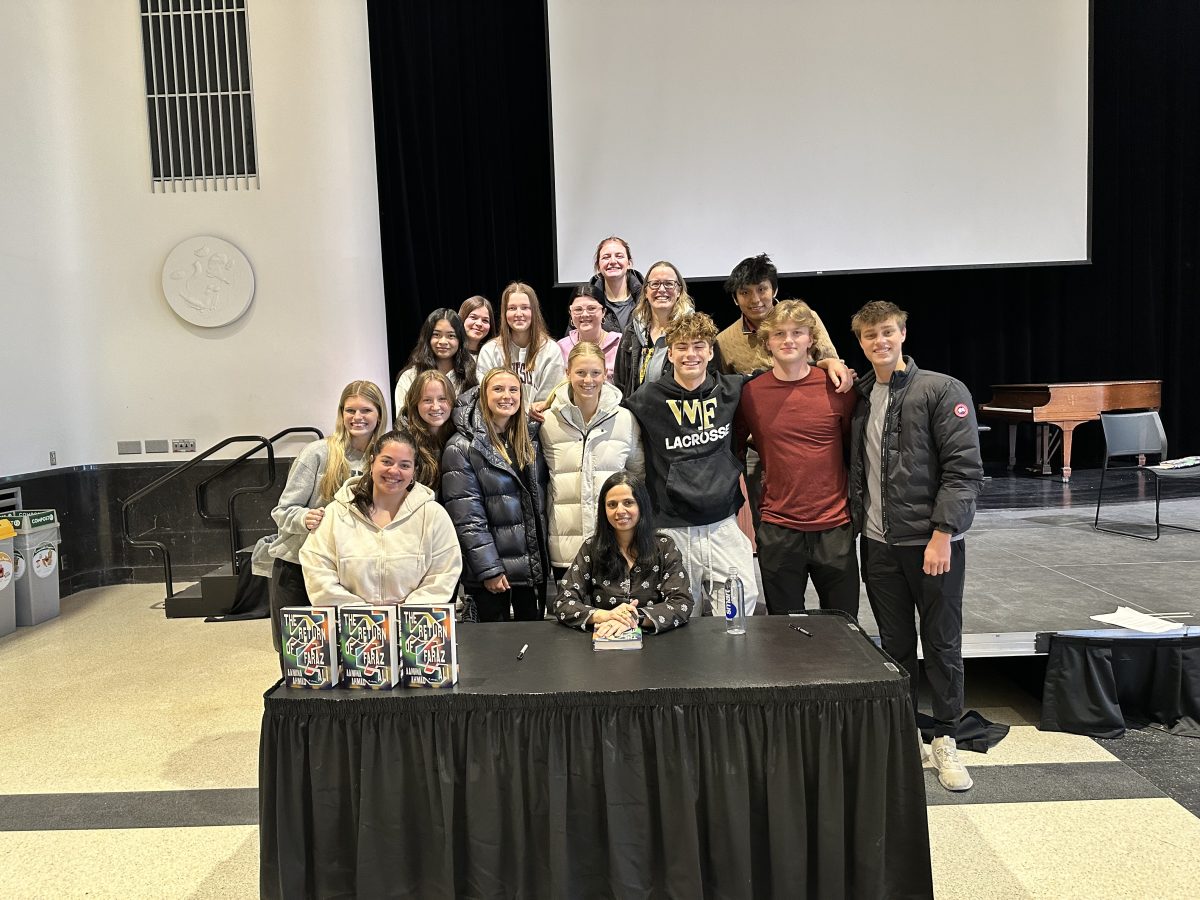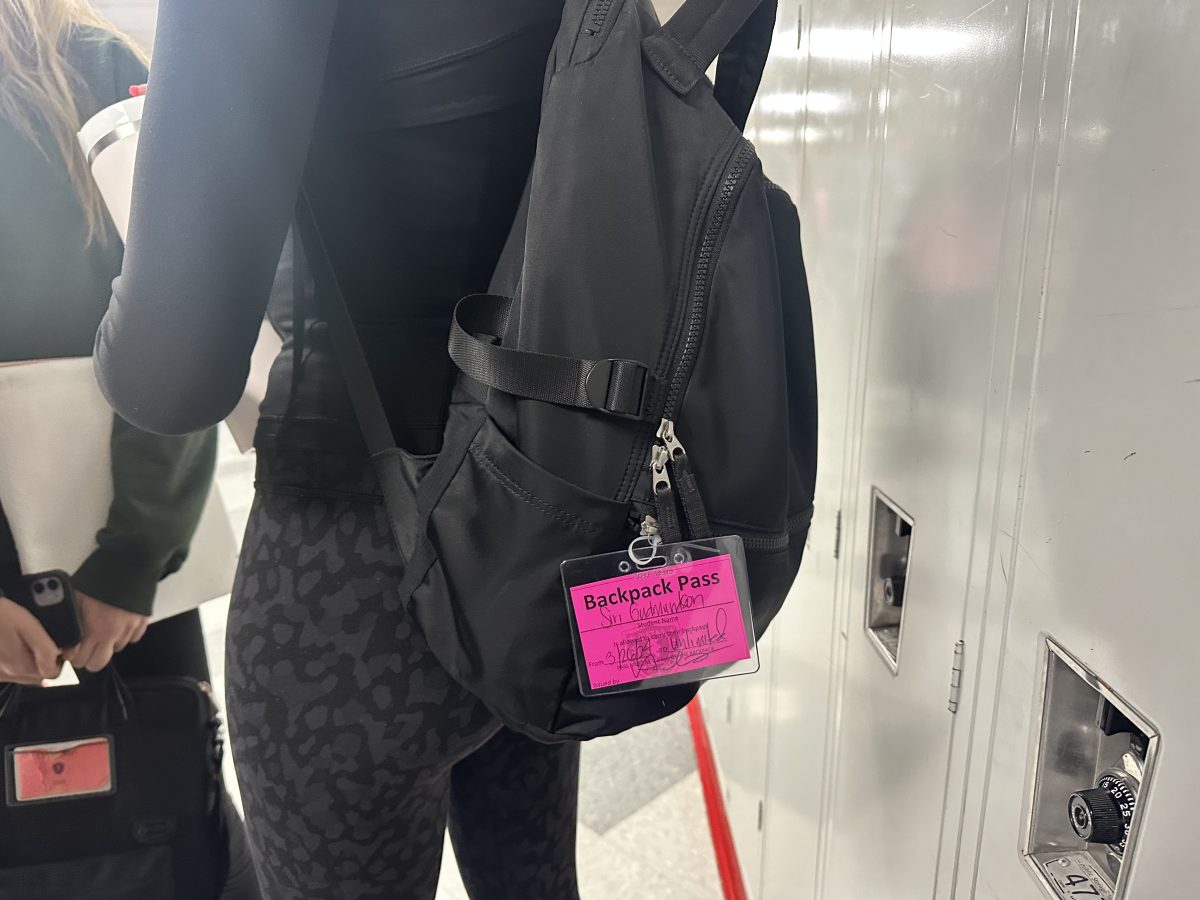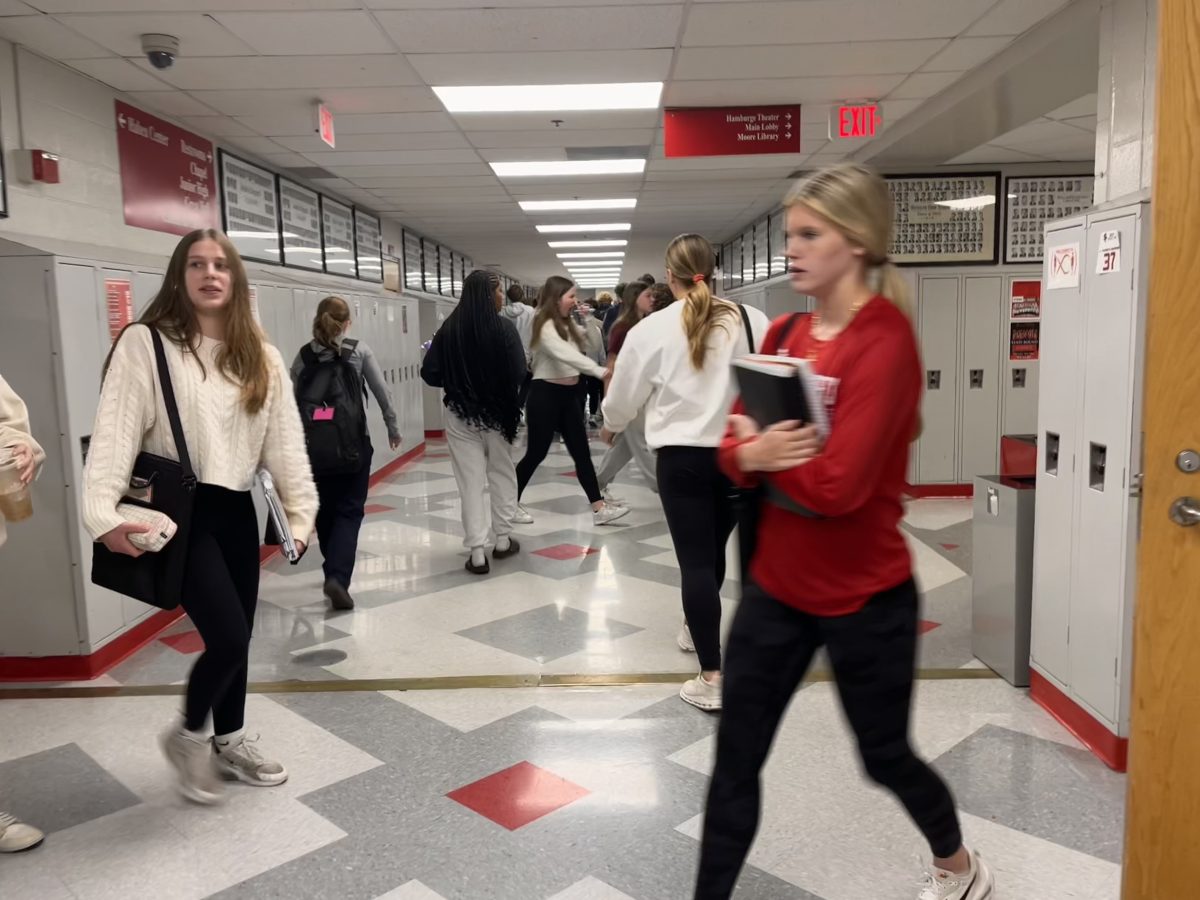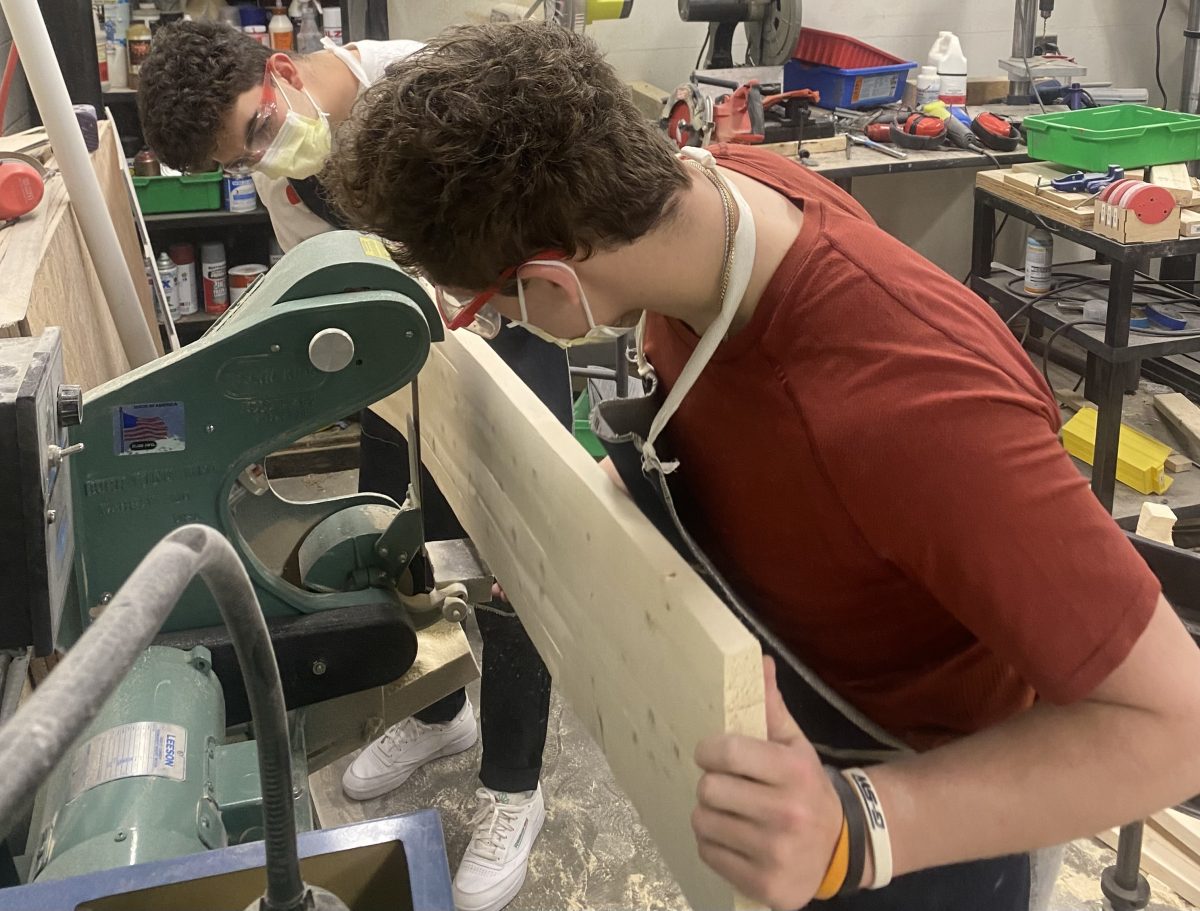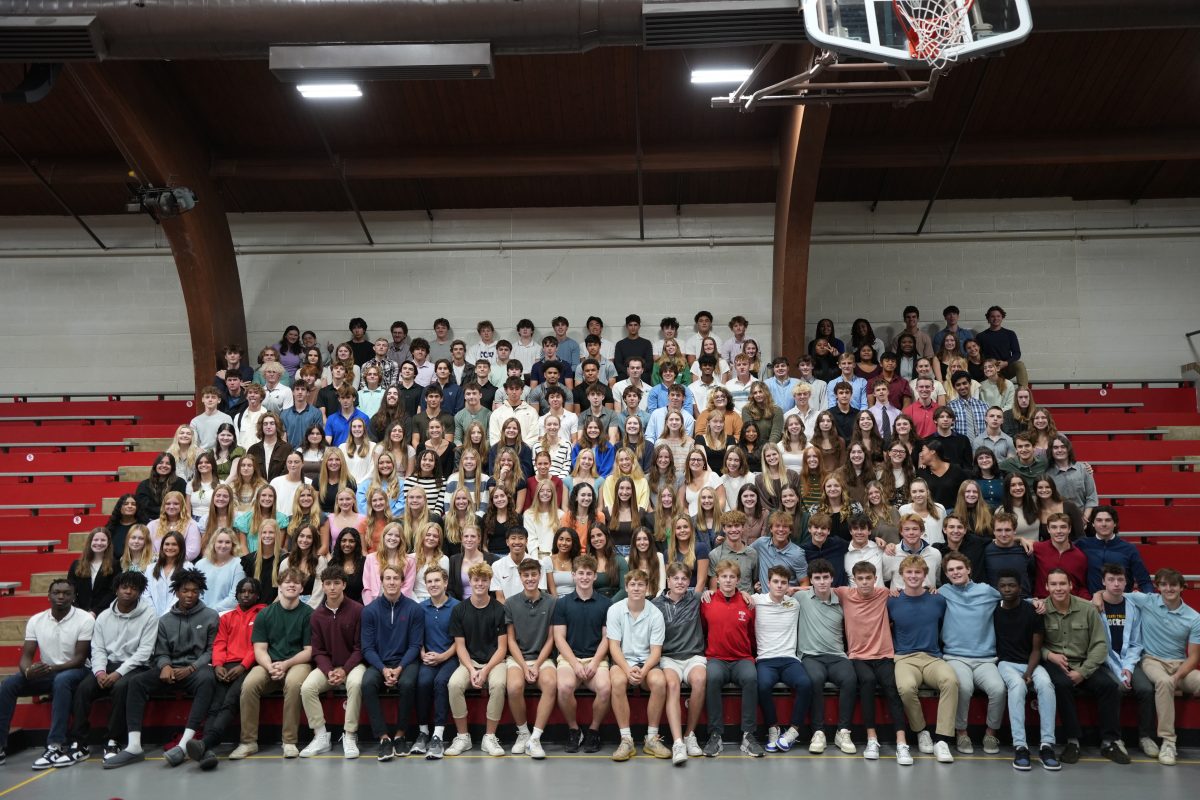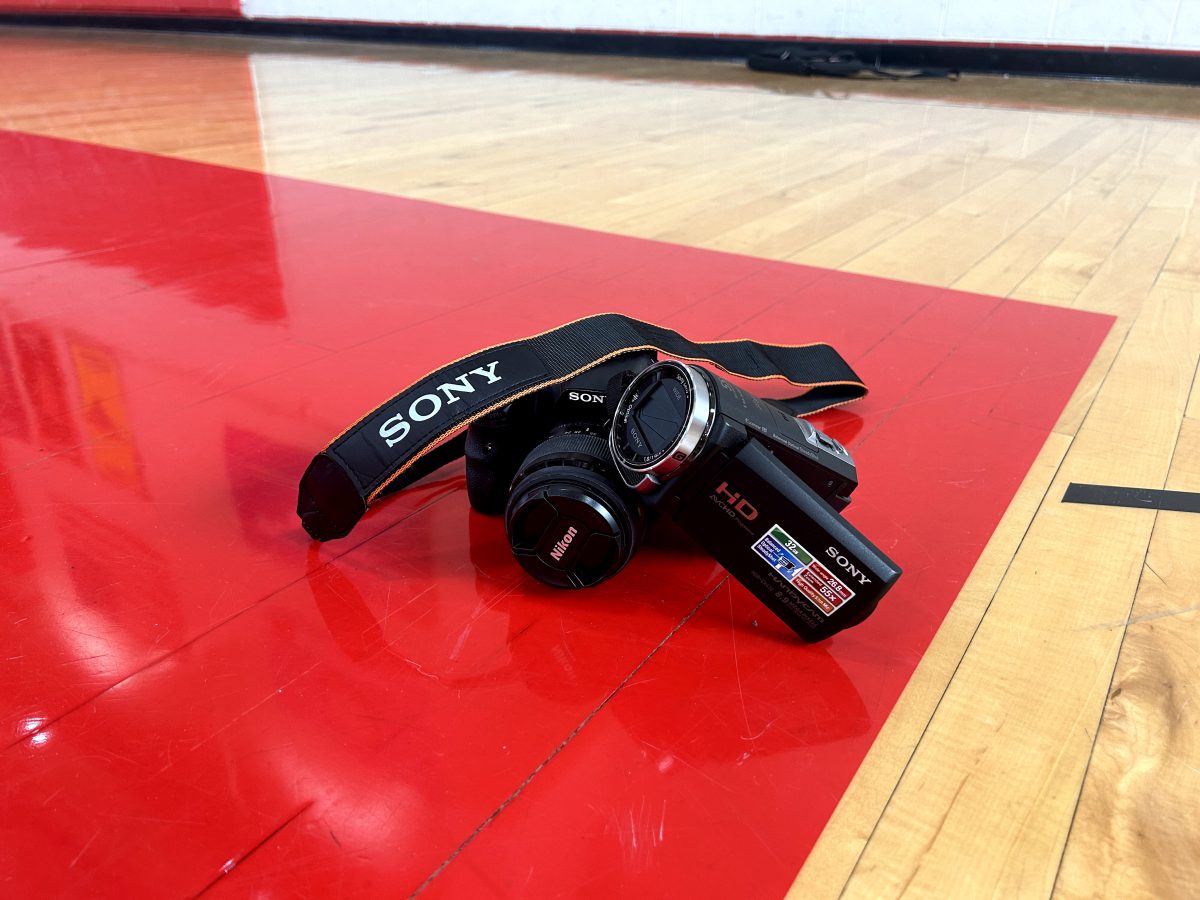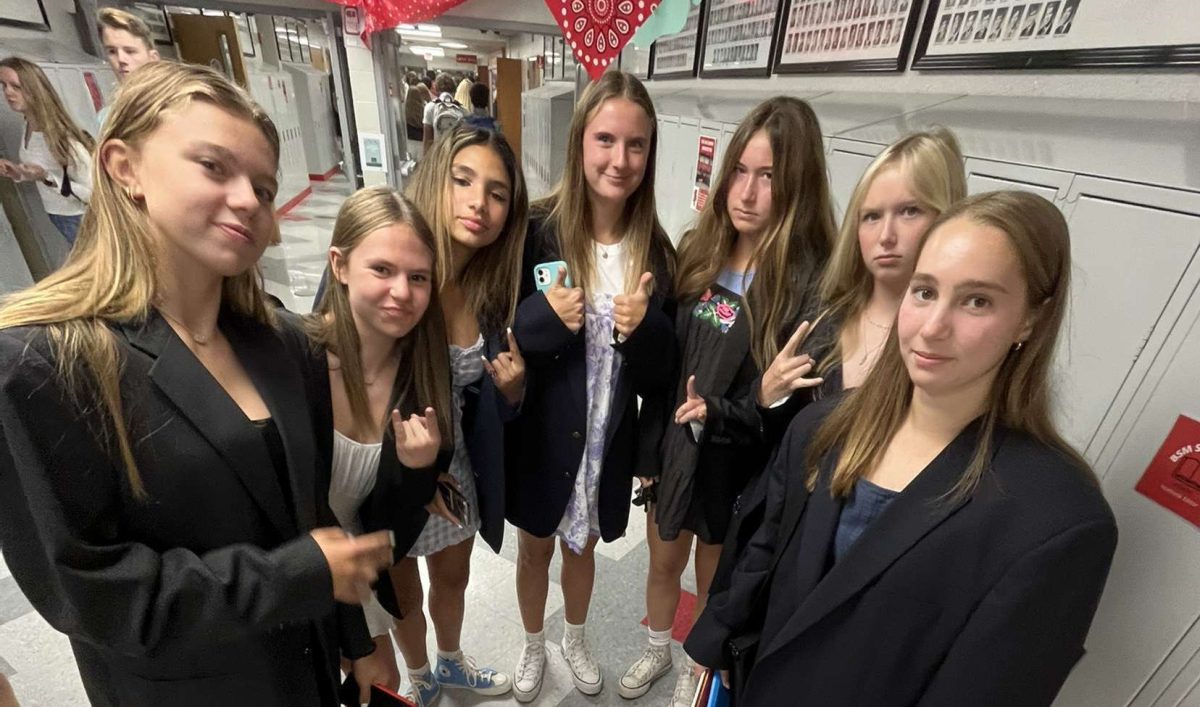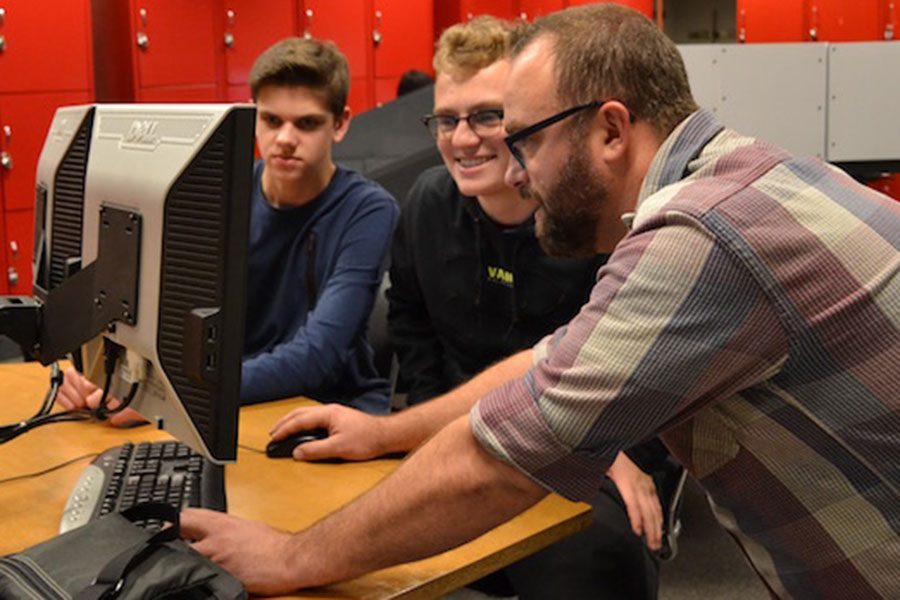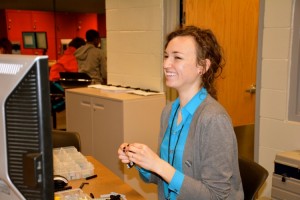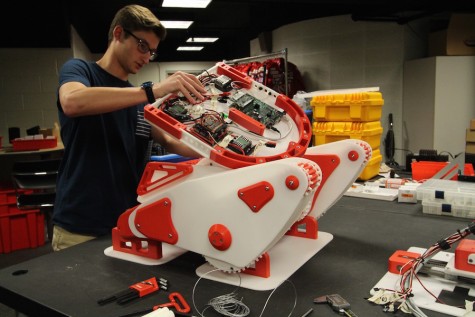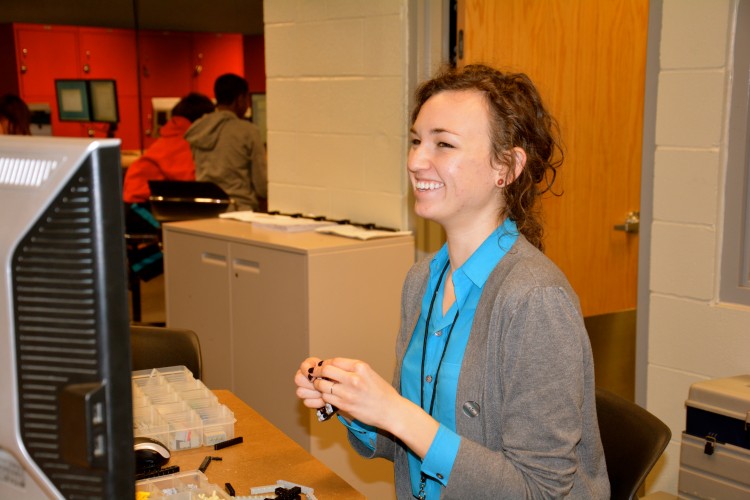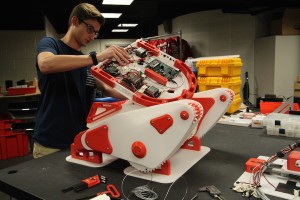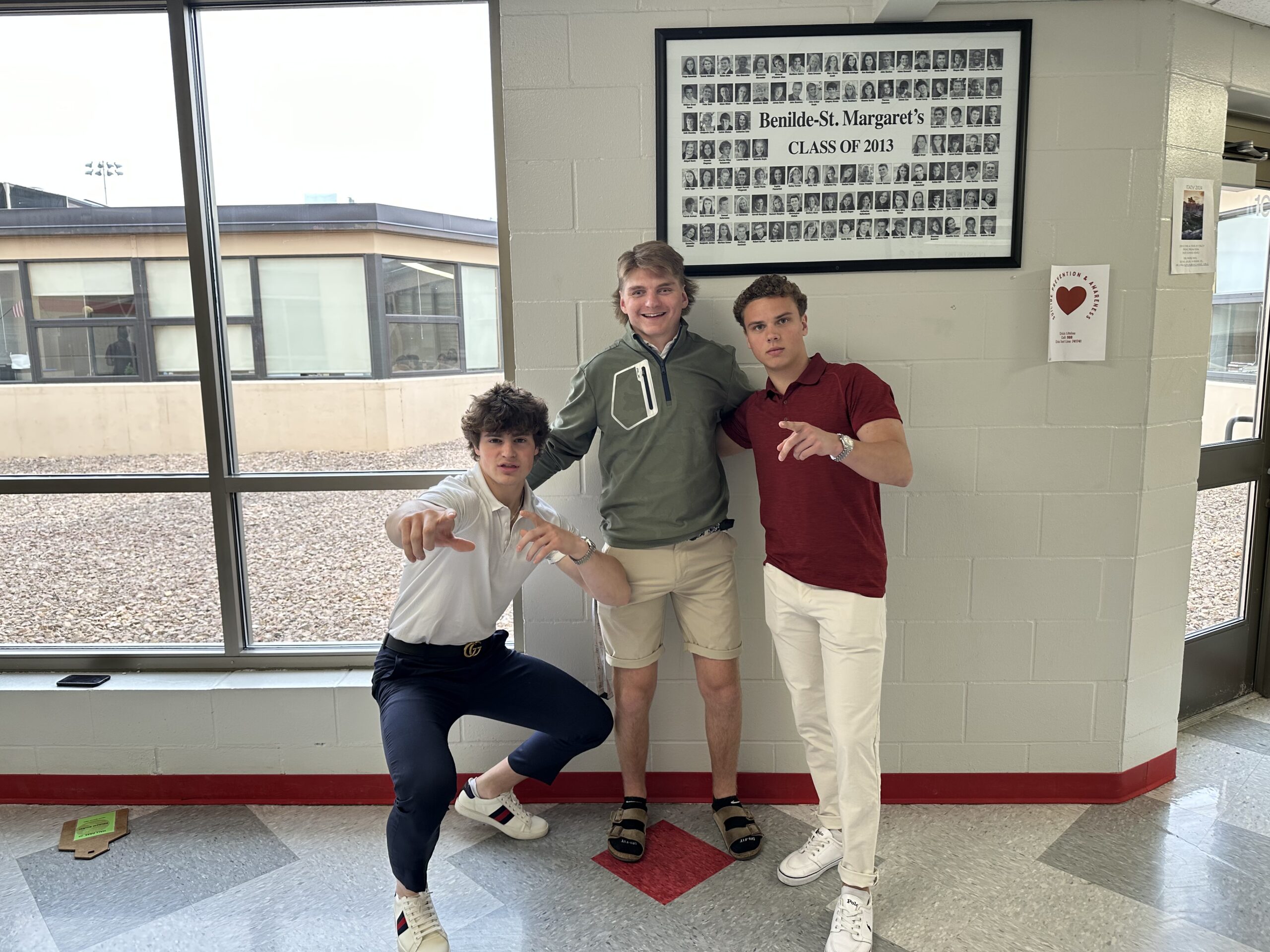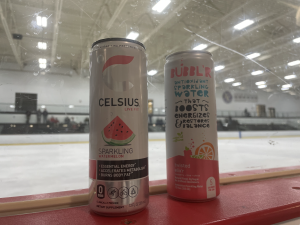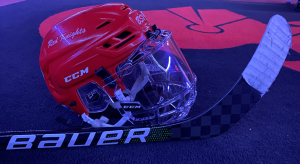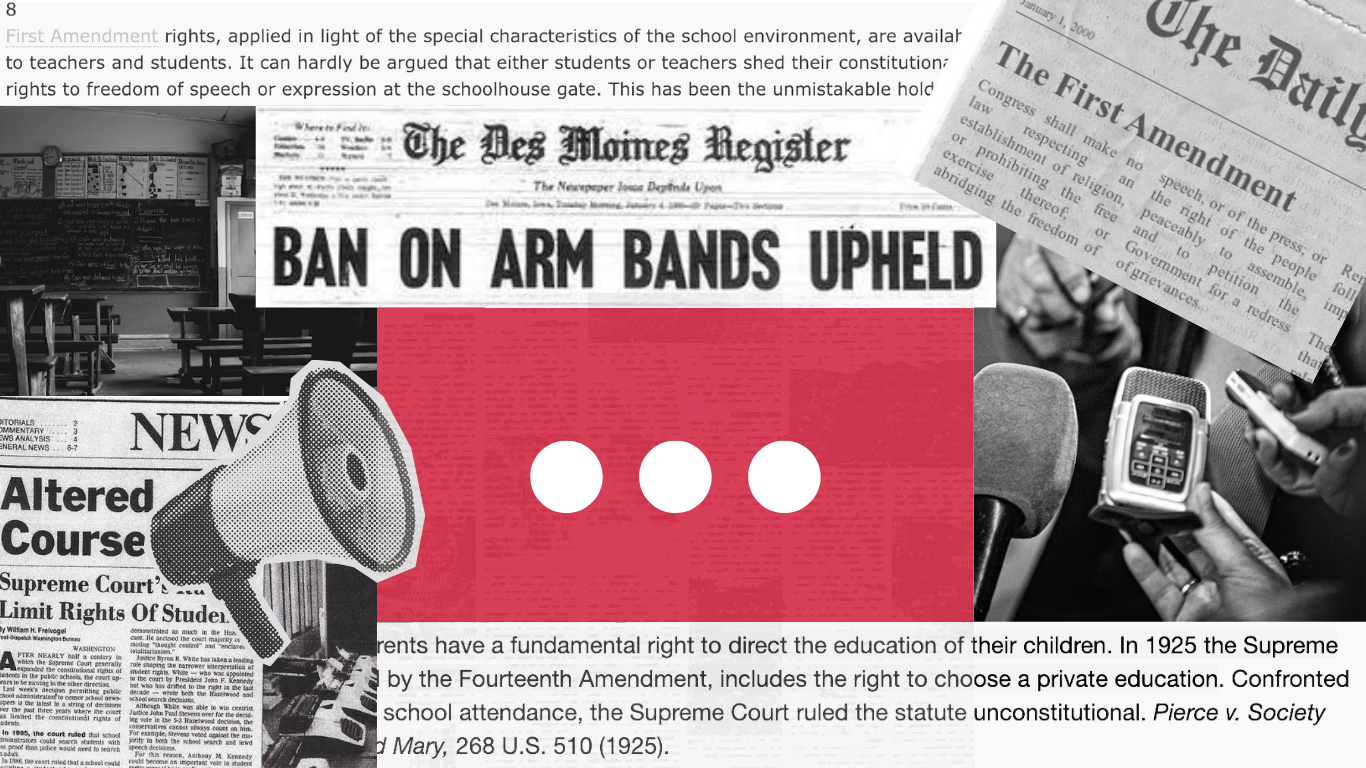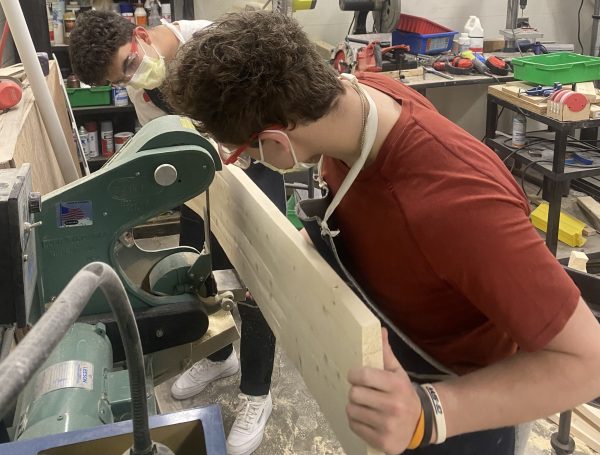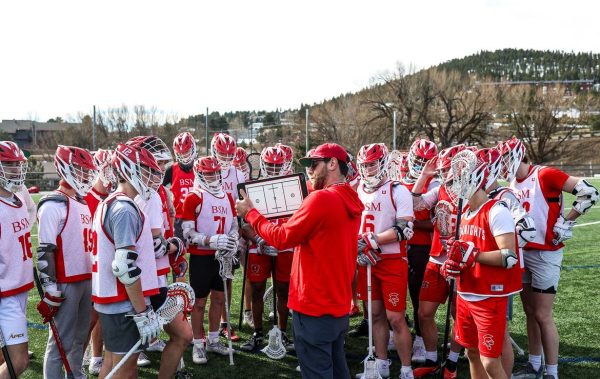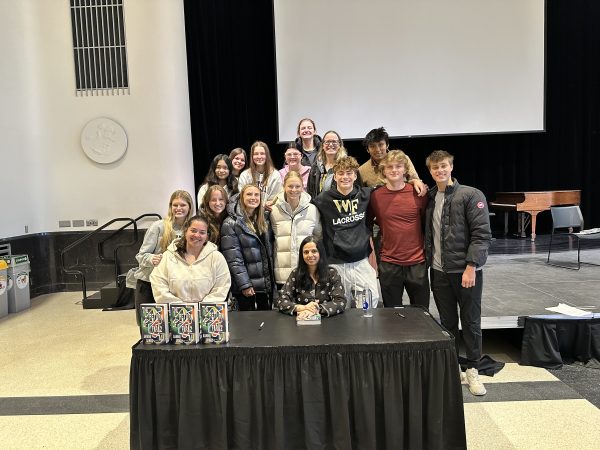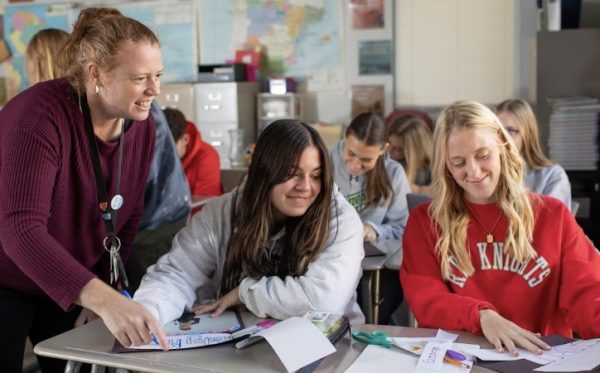Engineering students compete to design cases for computer boards
The Engineering 3 students are working to make the best case for the department’s new boards.
December 4, 2016
This fall, BSM’s Engineering 3 students were given the opportunity to design a case to hold the computer boards that will be used throughout the whole Engineering program starting next year. The project tasks students with designing a contraption to hold motherboards that will be integrated into the design of the Engineering Program’s robot.
Ms. Kirstin Hoogenakker, Engineering teacher and judge for the projects, said the need for this case came with advancements in technology for the program. “We’re going to be using Raspberry Pis and Robo Pis to control the robots. The students need to design a case that will hold both of those computer boards,” Hoogenakker said.
Katie Marusich, a participant in the contest, is thrilled at the idea of leaving a lasting impression after she leaves BSM. “If your design gets chosen, your name is basically attached to the case. It’ll be referenced back to you, which is exciting,” Marusich said.
By the end of 2016, a final decision about the design will be made. “[Since] the teams get to put their names on the case, they’ll have a little bit of infamy. The cases will be used in Engineering 2 and 3,” Hoogenakker said.
Senior Sean Lynch believed the project would be an easy pastime in the class, but he soon realized that the task was more complicated than he initially thought. “We underestimated [the intensity] of the project,” Lynch said.
We underestimated [the intensity] of the project.
— Sean Lynch
Hoogenakker plans on taking the project beyond the boundaries of BSM. “Maybe in the future we could market it back to the Robo Pi company, and sell it. Maybe the business classes could get involved,” Hoogenakker said.
Given the potential of this project, students are finding ways to make the project fun. There are five groups competing to design the best case, and despite there being no point-based reward, students are passionate about being involved. “It’s fun to have features that other people haven’t thought of. It’s fun to have your designs up against the other ones,” Marusich said.
Hoogenakker believes that a final decision will be made in May. It’s possible that one singular group may not be victorious; instead, she may take the best aspects of different projects to create the best case possible.

